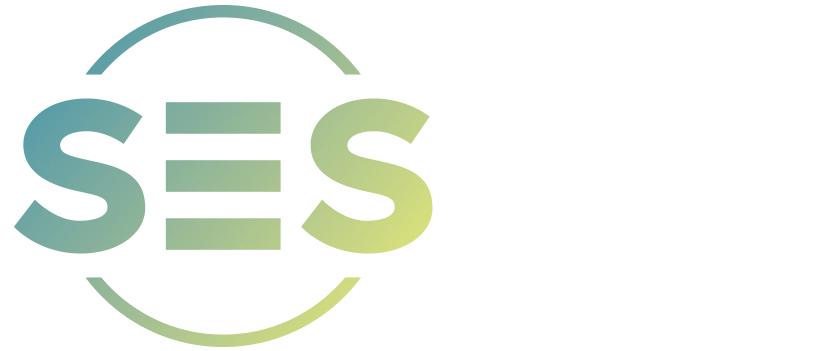
3BL for the People, Planet, & Profit
By Mary Stokes
Despite it’s catchy name, 3BL isn’t the newest craze in boy bands. 3BL , also known as The Triple Bottom Line, was a phrase first coined by John Elkington in his 1994 book, Cannibals With Forks. He identified it as a method of reporting profit that considers a business’s impact on the environment and society, in addition to its regular bottom line. Its foundation – sustainability of people, the planet, and profit – is just as applicable today as it was 22 years ago.
Clients and employees alike pay more attention to businesses if they are committed to people and the environment. Utilization of 3BL positively affects a business’s publicity by creating accountability to the public concerning societal and ecological bottom lines.
Clients want to purchase products and services that come from responsible businesses; in fact, in the Cone Communications 2015 consumer study, “91% of global consumers expect companies to do more than make a profit but also operate responsibly to address social and environmental issues.”
Employees are more engaged when they feel their employing business has the same values they do. 3BL also encourages businesses to give back to their communities through charity, volunteering, and other means. Implementing 3BL also has the benefit of both short-term and long-term profitability, just as other formats of sustainability do.
The key is that 3BL is more than just sustainable practices with regard to environmental impact; it’s about a balanced approach to business. While actual measurements for 3BL can be tricky, it is vital to study the interactions of each bottom line and understand how they affect one another. As a business begins to equalize each bottom line, profit does not decrease in importance. However, as each area becomes a focal point, the overall profit shifts from financial value alone to societal and ecologic value combined.
Some notables that have embraced 3BL are Patagonia, Southwest Airlines, and Seventh Generation. While these companies are somewhat larger, there is a movement within smaller businesses to utilize 3BL as well. Though they are not always as visible with regard to societal and ecological impact, there are similar benefits to implementing the practices of 3BL for smaller businesses, including “increased employee engagement, improved standing in the local community and the building of a sustainable business model.”
3BL is an invaluable system for evaluating your business’s profits on several levels. As Mitch Tyson, Chief Executive Officer of Advanced Electron Beams puts it,
“You can rationalize that the triple bottom line will make your company more successful, which it will, or you could pursue it because it reflects your values as a person. . . . The triple bottom line and sustainability aren’t new management techniques. They aren’t the latest management fads. They are concepts that challenge each of us to balance the way we successfully run our business and the world that our children’s children will inherit from us. 3BL is about creating a future for your business-a future in which it is financially, ecologically, and societally prosperous.”
Mary Stokes is a technical and creative writer based in Minneapolis, MN. Photo Credit: “Hands” by stokpic, licensed through C.C. by 2.0



